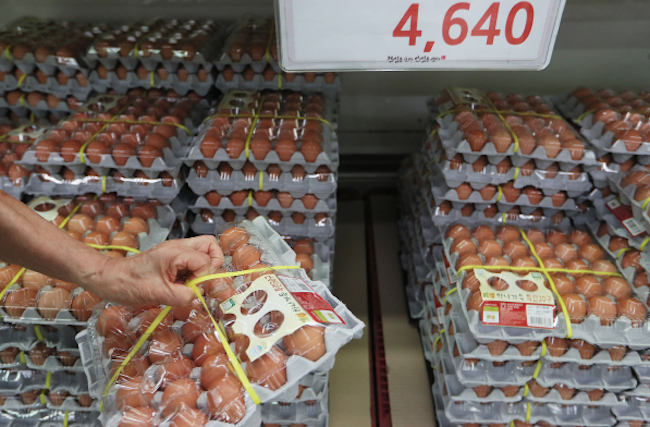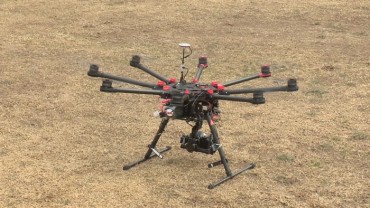
To help consumers make an informed choice as to which eggs to purchase, the government will insist that the “laying date”, “producer identification number” and “breeding environment number” be on display. (Image: Ministry of Food and Drug Safety)
SEOUL, Feb. 26 (Korea Bizwire) – Going forward, egg farms will be required to provide the date when the egg was laid and information on the hen’s living environment on egg shells.
The Ministry of Food and Drug Safety stated on February 23 it had issued an official notification regarding modifications to livestock and poultry labeling standards.
To help consumers make an informed choice as to which eggs to purchase, the government will insist that the “laying date”, “producer identification number” and “breeding environment number” be on display.
As long as an egg is collected within 36 hours after it has been laid by a hen, the egg farm can utilize the day of collection as the “laying date”.
Producer identification numbers refer to the unique code of English letters and numbers given to each egg farm during the business registration and approval process by the authorities. Finding out the location and business name of an egg farm based on its unique code is possible via www.foodsafetykorea.go.kr.
The breeding environment numbers range from 1 through 4, with 1 being free-range poultry, 2 being indoor chicken coops, and 3 and 4 meaning chickens raised in “improved” cages and “standard” cages, respectively.

The producer identification number must be stamped onto eggs starting April 25, the breeding environment number on August 23, and the laying date on February 23. (Image: Yonhap)
To ensure the practice of providing this information takes root, the government will stagger the implementation of the new labeling requirements. The producer identification number must be stamped onto eggs starting April 25, the breeding environment number on August 23, and the laying date on February 23.
The egg and poultry industry was tainted by a “pesticide eggs” scandal last year as well as recurring bouts of avian influenza among domestic chicken and geese flocks. The discovery of pesticides within eggs sold on the market was believed to be tied to the poor conditions of chickens at egg farms.
S.B.W. (sbw266@koreabizwire.com)






